In the range of accreditation No. AB 910 KOMAG Laboratory of Material Engineering and Environment offers toy safety tests for conformity with the requirements of the standards harmonized with Directive No. 2009/48/EC (TSD) and the following standards:
- PN-EN 71-1 Safety of toys. Part 1. Mechanical and physical properties.
- PN-EN 71-2 Safety of toys. Part 2. Flammability.
- PN-EN 71-3 Safety of toys. Part 3. Migration of certain elements.
- PN-EN 71-8 Safety of toys. Part 8. Activity toys for domestic use.
- PN-EN 62115 Electric toys. Safety of use.
Range of tests given above also covers determination of hazardous substances in the products and articles for children, according to requirements of Regulation by European Parliament and Council No. 1907/2006 regarding registration, evaluation, permits granting and limits applied in the scope of chemicals (REACH) as well as the following Standards:
- PN-EN 71-9 Safety of toys. Part 9. Organic chemical compounds. Requirements.
- PN-EN 71-10 Safety of toys. Part 10. Organic chemical compounds. Sample preparation and extraction.
- PN-EN 71-11 Safety of toys. Part 11. Organic chemical compounds. Methods of analysis.
Safety of toys tests offer is dedicated to manufacturers, importers and distributors intending to place new toys on the market.
Detailed scope of toys’ tests carried out within the accreditation:
 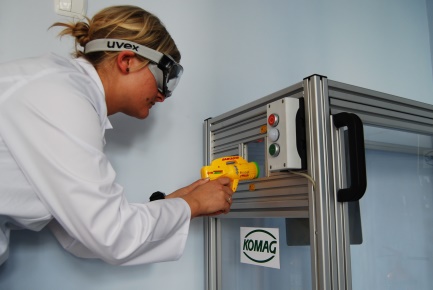
|
- mechanical strength, - accessibility of toy’s part or component, - sharpness of edges and points, - flexibility of wires, - static and dynamic strength, stability, - leakage of toys, - durability of mouth-actuated toys, - thickness and electrical resistivity of cords, - efficiency of brakes, - kinetic energy of projectiles and arrows, - thickness of plastic sheeting, - acoustic pressure level, - speed of electrically driven toys, - durability of toy lids boxes, - material expansion ability, - density of magnetic flux, - elasticity of toy balls, - stability, - dynamic strength of protecting barriers and handrails, - entrapment of head, neck, feet or fingers, - entrapment of clothes or hair, - shape and dimensions of walls' protecting slides, - diameter of cords and chains, - electric strength, - resistance to humidity, - voltage, - accessibility of cells and batteries , - protection of external wires, - size of insulation gaps, - resistance to high temperature and glow.
|
Laboratory of Material Engineering and Environment
Contact: Beata Grynkiewicz-Bylina, Ph.D. Eng., Manager of the Laboratory, e-mail: This email address is being protected from spambots. You need JavaScript enabled to view it.
Małgorzata Malec, M. Sc. Eng., Director; mobile phone: +48 603 975 711 (Foreign clients)




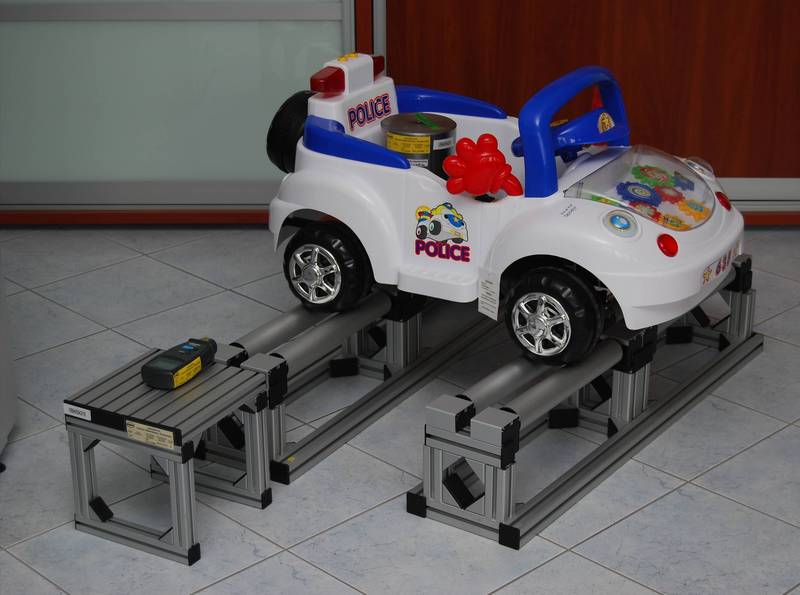

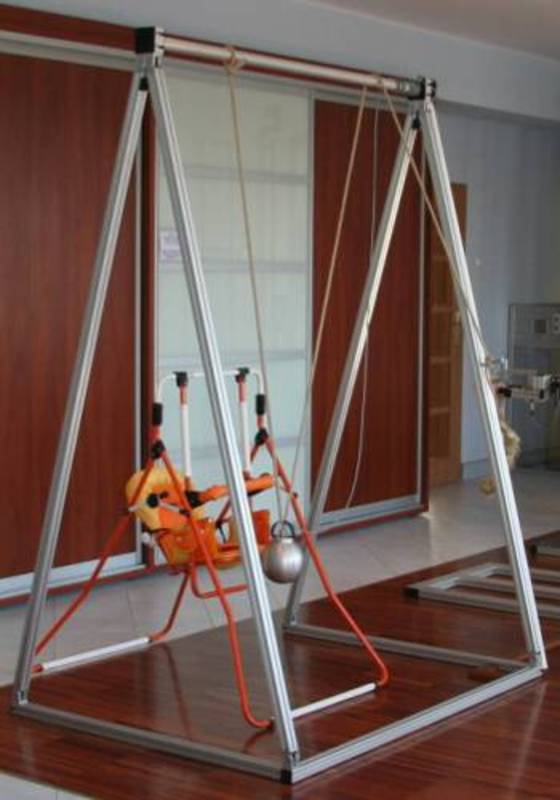
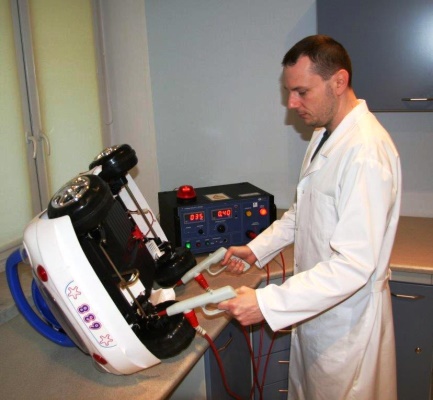
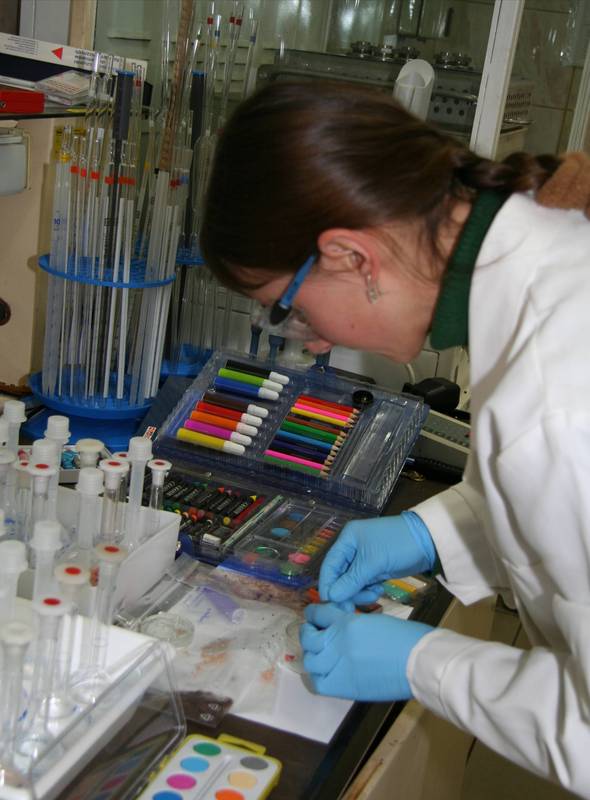

 Badanie bezpieczeństwa wyrobów
Badanie bezpieczeństwa wyrobów Klaster Maszyn Górniczych
Klaster Maszyn Górniczych